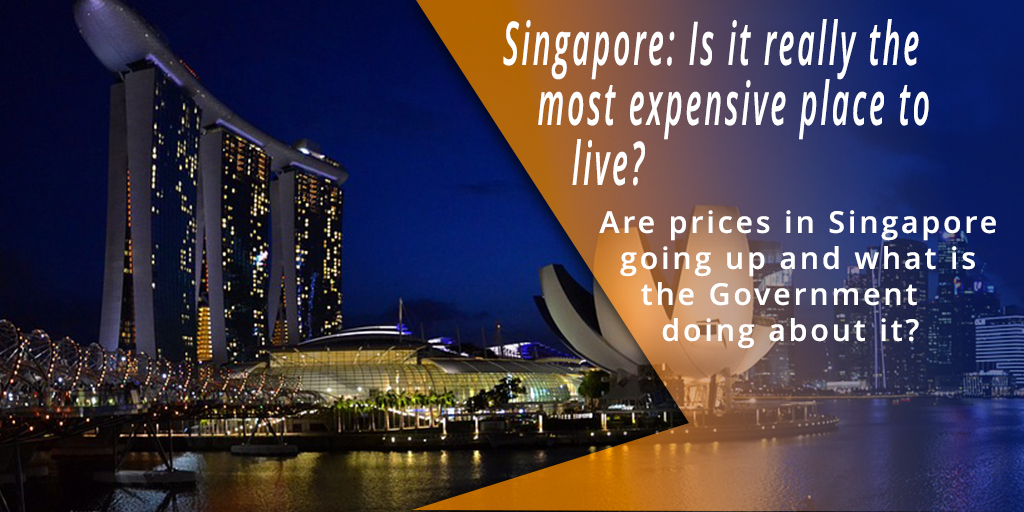Are prices in Singapore going up and what is the Government doing about it?
Singapore was ranked the most expensive city in the world, together with New York, by the Economist Intelligence Unit (EIU) in its Worldwide Cost of Living (WCOL) 2022 survey.
The Economist Intelligence Unit’s (EIU) Worldwide Cost of Living (WCOL) survey is designed to help human resource managers around the world calculate cost of living allowances for expatriates and business travellers. Hence, it may not reflect the cost of living for Singaporeans.
First, the WCOL survey’s consumption basket does not reflect what Singaporeans usually consume.
The WCOL survey looks at the prices of a common set of products and services in the various cities to allow for city-to-city comparisons. As such, its consumption basket may not reflect what Singaporeans usually consume and is therefore not a good gauge of cost of living for Singaporean households. For instance, its consumption basket includes products such as Burberry-type raincoats and foreign daily newspapers – these are typically not purchased by Singaporean households. A more representative indicator of cost of living in Singapore is the Consumer Price Index (CPI), which measures the average change in the prices of a basket of goods and services commonly purchased by Singaporean households. More information on the CPI can be found in the Singapore Department of Statistics’ website here. https://bit.ly/3Yjqa2V
Second, the rankings are sensitive to currency fluctuations.
The WCOL survey converts the prices of goods and services in the cities surveyed to US dollars to facilitate comparisons across cities. Singapore’s strong exchange rate thus contributed to its higher ranking compared to other cities with weaker exchange rates. However, a stronger currency does not raise the cost of living of Singaporeans who earn their income in Singapore dollars. On the contrary, a stronger Singapore dollar helps to dampen imported inflation in Singapore by lowering the prices of our imports (in Singapore dollars) and subsequently, consumer prices.
Are prices in Singapore going up?
The latest WCOL report comes at a time when many countries around the world, including Singapore, are facing strong inflationary pressures due to both external and domestic factors.
How is the Government helping Singaporeans to manage rising costs?
- Manage domestic supply-side constraints. This includes managing the supply of industrial and commercial space, to help moderate business cost increases and reduce the knock-on impact on consumer prices.
- Promote competition in markets so that Singaporeans can enjoy competitive prices. This includes lowering barriers to entry, where possible. It also entails diversifying the sources of supply, including for food, to prevent sharp price increases in the event of disruptions.
- Tightening of monetary policy centred on trade-weighted exchange rate (the Singapore dollar nominal effective exchange rate or S$NEER). Since October 2021, the Monetary Authority of Singapore (MAS) has tightened monetary policy five times to curb imported inflation and temper domestic cost pressures, to ensure price stability over the medium term.
- Provide targeted assistance for households and businesses, particularly for low-income Singaporeans. The Government has rolled out a comprehensive set of measures to help Singaporeans and businesses cope amidst elevated inflation and the challenging global growth. This comprises the $560m Household Support Package and $500 million Jobs and Business Support Package at Budget 2022, a $1.5 billion support package for households and businesses in June 2022, and another additional $1.5 billion COL support package in October 2022, with more support for lower- to middle-income groups.
The Government recognises Singaporeans’ cost of living concerns, and will continue to monitor the situation closely and support Singaporeans through these challenging times.
Source: gov.sg

